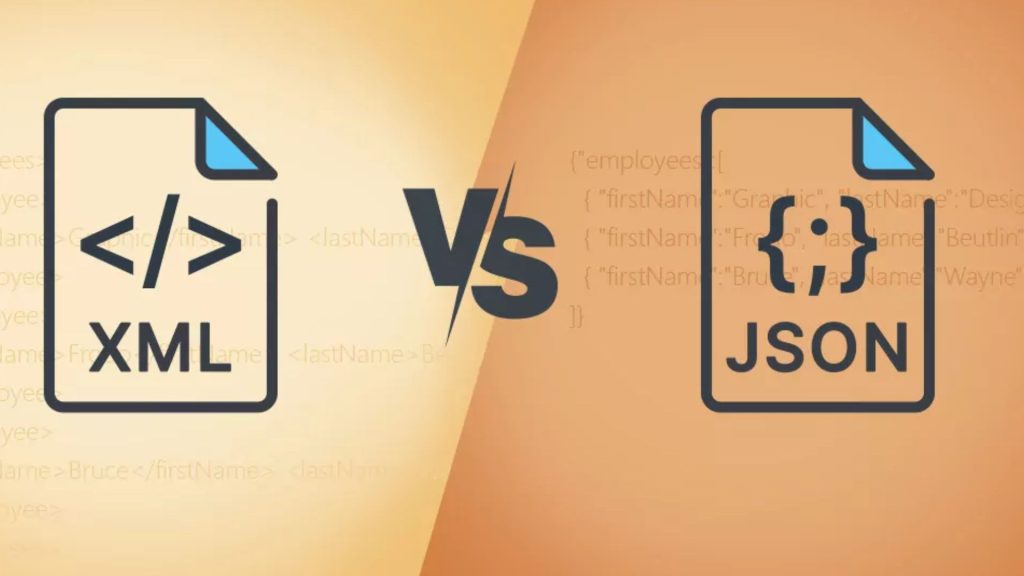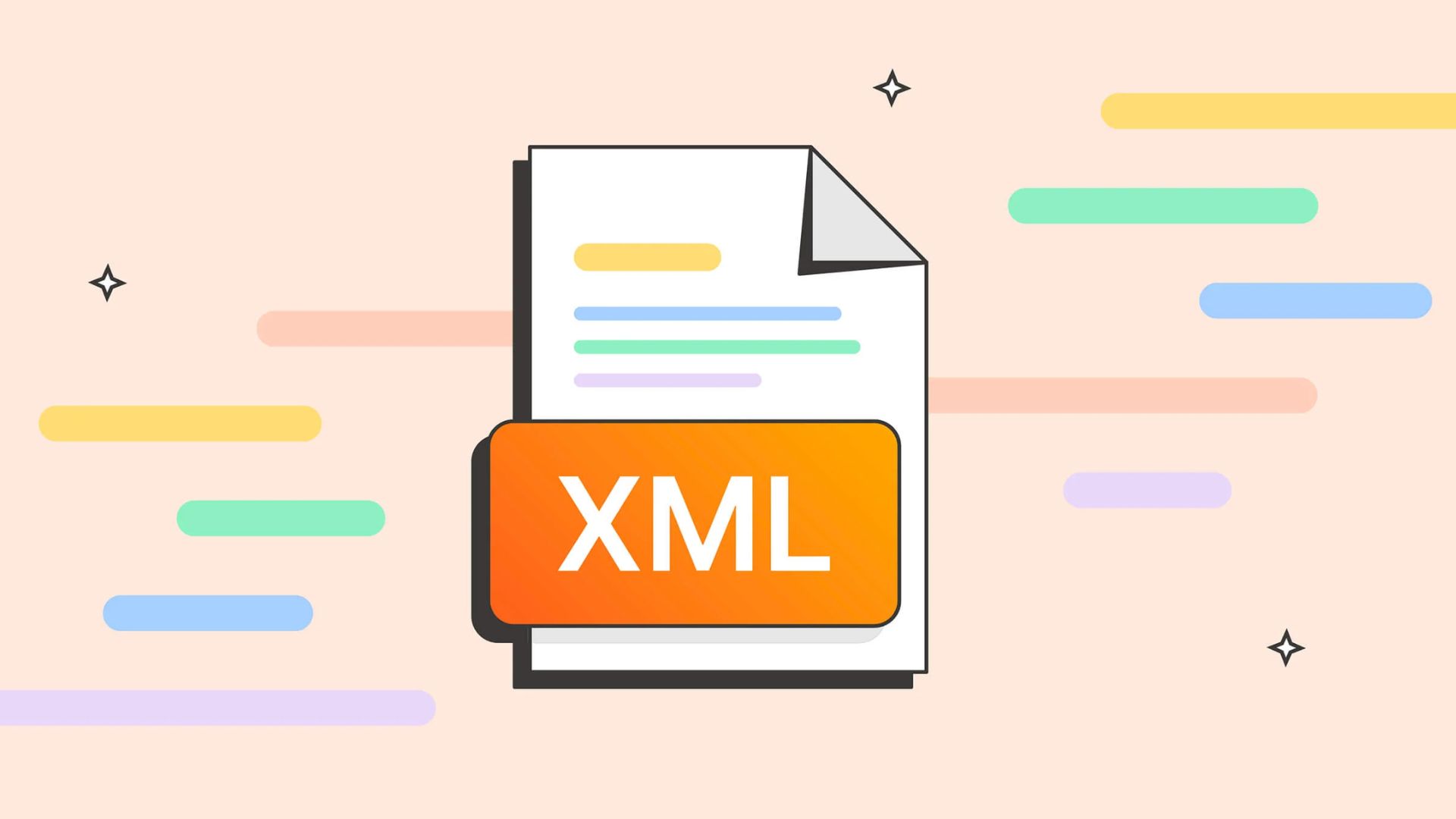In today’s digital world, data is the backbone of everything—from websites and applications to financial transactions and healthcare records. One of the most widely used formats for structuring and storing data is XML (Extensible Markup Language). But what exactly is XML, and why is it so beneficial?
In this guide, we’ll break down XML in a simple, engaging way. Whether you’re a developer, content creator, or just curious about how data works, this post will help you understand XML’s role and why it remains relevant in today’s technology-driven landscape.
What is XML?
XML, or Extensible Markup Language, is a flexible and structured format for storing, organizing, and transmitting data. Unlike HTML, which focuses on how data is displayed, XML focuses on what the data means.

It was developed by the World Wide Web Consortium (W3C) in the late 1990s to create a universal standard for data sharing. XML is both human-readable and machine-readable, making it an excellent choice for various applications.
How XML Works
XML uses tags to define data. However, unlike HTML, these tags are not predefined—you create your own based on the data you need to represent.
Here’s a simple XML example:
<book>
<title>Learning XML</title>
<author>John Doe</author>
<price>29.99</price>
</book>Each tag (e.g., <title>, <author>, <price>) represents a piece of data. The structure is hierarchical, making it easy to nest and organize information.
Key Benefits of XML
1. Platform and Language Independence
One of the biggest advantages of XML is that it works across different platforms and programming languages. Whether you’re using Java, Python, C++, or PHP, XML remains consistent, ensuring smooth data exchange between different systems.
2. Easy Data Sharing and Transport
Since XML is text-based, it can be easily transmitted over the internet, between applications, and across different devices. This makes it an ideal choice for APIs, web services, and configuration files.
For example, RSS feeds—which provide updates from blogs, news sites, and podcasts—use XML to structure content in a way that different applications can understand.
3. Self-Descriptive and Flexible
Unlike rigid data formats, XML allows you to create customized tags, making it self-descriptive. This means XML can be tailored to fit various use cases, from healthcare records (HL7 format) to financial transactions (XBRL format).
4. Human-Readable and Easy to Debug
Unlike binary formats, XML files are plain text, which makes them easy to read, edit, and debug. This is especially useful when troubleshooting errors in configuration files, logs, or API responses.
5. Supports Data Validation (DTD & XML Schema)
To ensure data integrity, XML supports validation through Document Type Definition (DTD) and XML Schema Definition (XSD). This prevents missing or incorrect data, ensuring consistency across systems.
For example, an e-commerce website can use XML Schema to ensure that every <price> tag contains a valid number instead of an invalid character string.
6. Extensively Used in Web Services (SOAP & REST)
Many web services use XML for data exchange, particularly SOAP (Simple Object Access Protocol) APIs. While JSON has become popular in RESTful services, XML is still widely used in enterprise applications and legacy systems.
For instance, banks and financial institutions rely on XML for secure and structured communication between their internal systems and external services.
7. Long-Term Data Storage & Archiving
Since XML is a standard format, it ensures data longevity. Unlike proprietary formats that may become obsolete, XML-based files remain accessible and readable decades later.
For example, Microsoft Office formats like .docx, .xlsx, and .pptx use XML under the hood to structure their data, ensuring compatibility across different versions.
XML vs. JSON: Which One is Better?
Many developers today prefer JSON (JavaScript Object Notation) over XML due to its lightweight nature. However, XML still has key advantages:

| Feature | XML | JSON |
|---|---|---|
| Data Structure | Hierarchical (supports attributes) | Key-Value pairs |
| Readability | Human & Machine-readable | More compact, but less self-descriptive |
| Validation | Supports DTD & XSD | Limited validation tools |
| Use Cases | Enterprise systems, SOAP APIs, Configuration files | RESTful APIs, Web Applications |
While JSON is ideal for web-based applications due to its simplicity, XML remains essential for enterprise-level, structured, and standardized data handling.
Final Thoughts: Why XML Still Matters
Even with newer formats like JSON, XML continues to be a vital part of data exchange and storage across multiple industries. Its flexibility, human-readability, and ability to enforce data validation make it indispensable for structured data processing.
If you work with APIs, databases, or content management systems, understanding XML can be a game-changer. While it may not always be the “coolest” technology, its reliability and universal adaptability make it a must-know format in the digital world.


